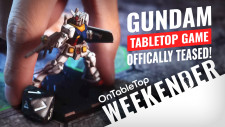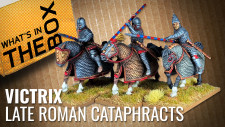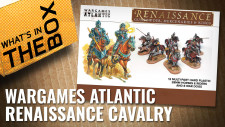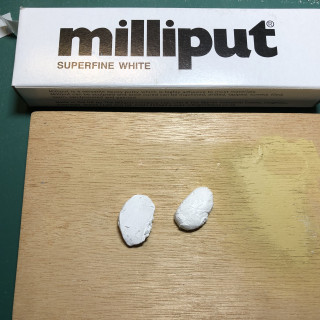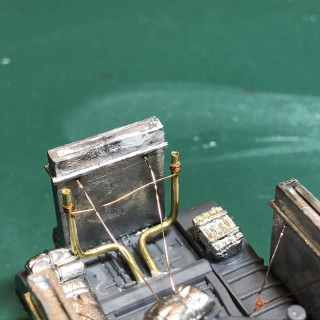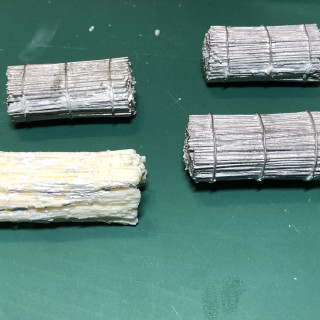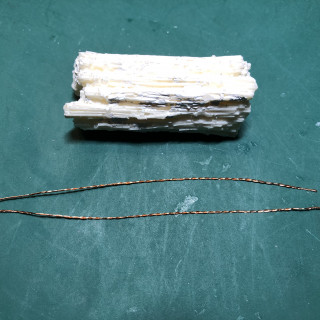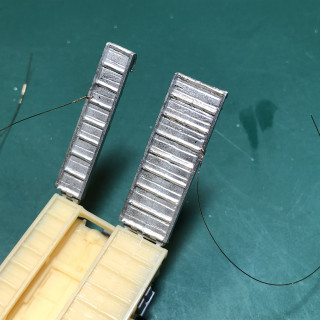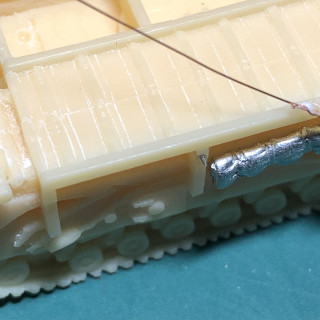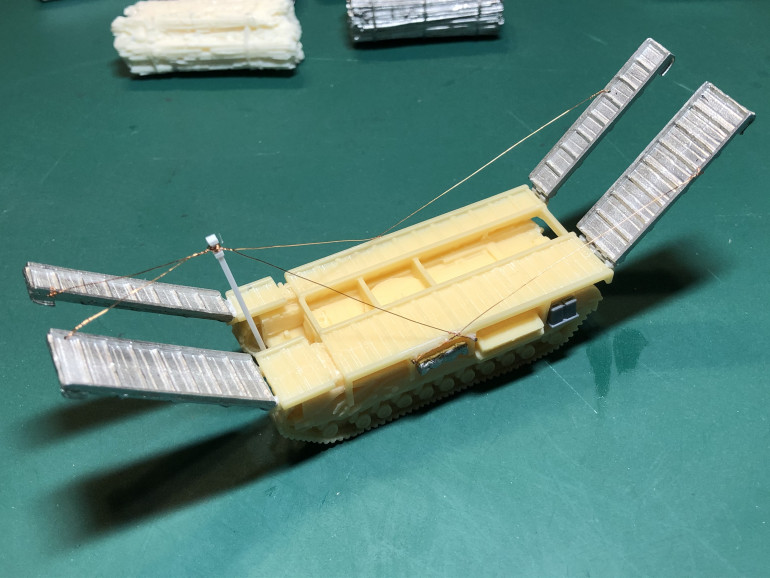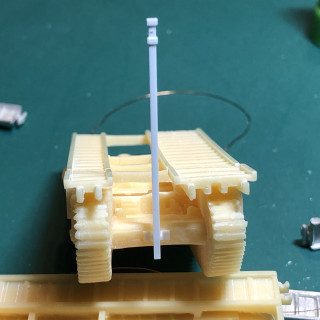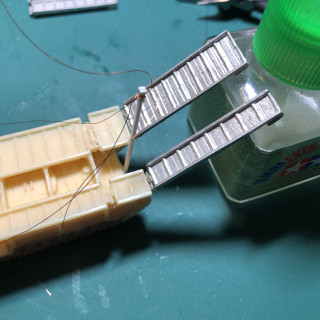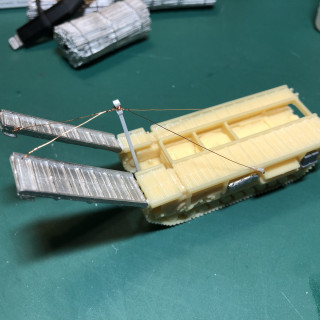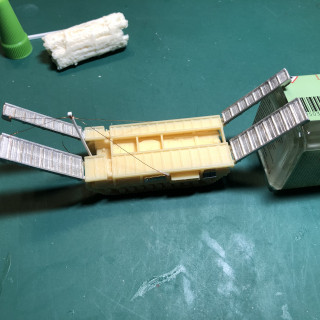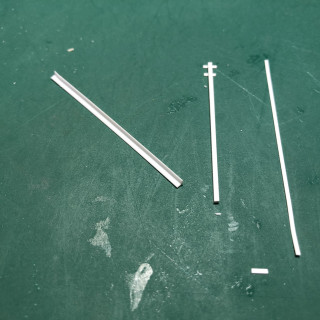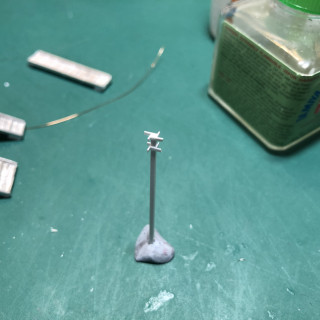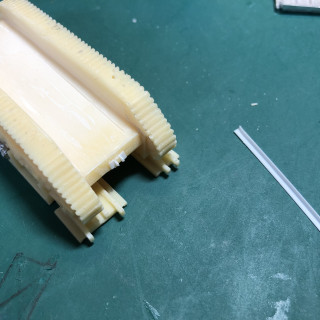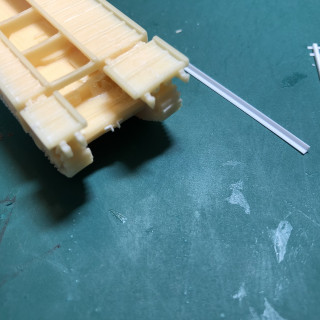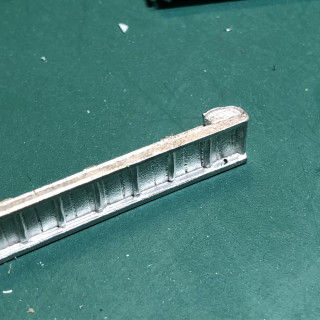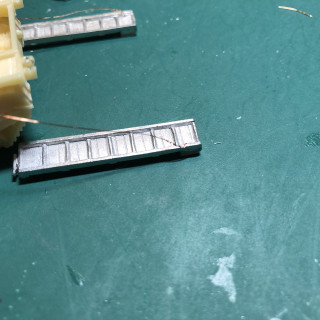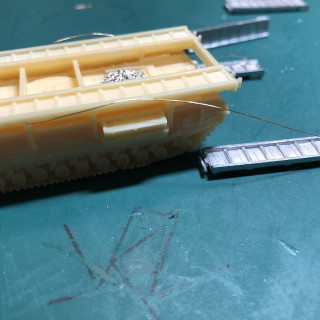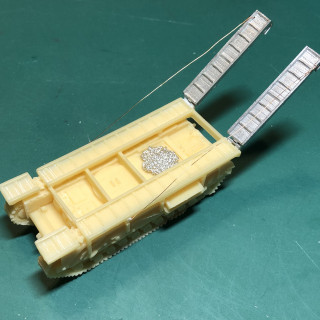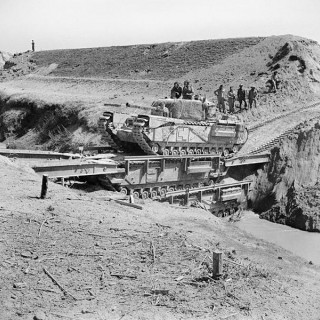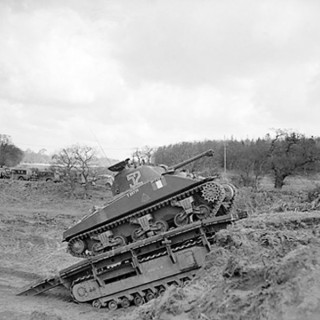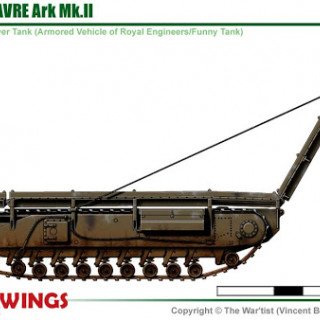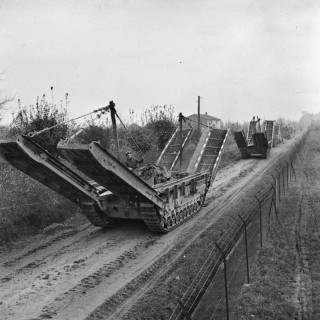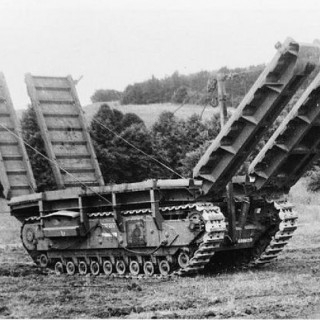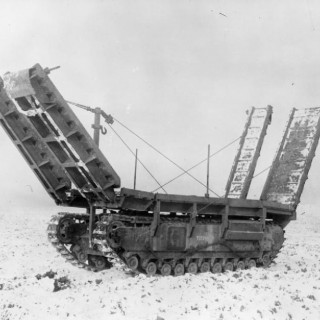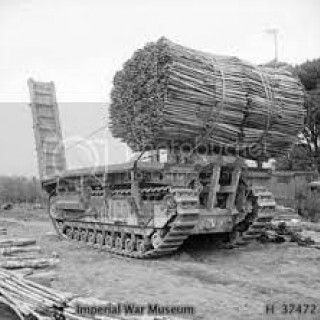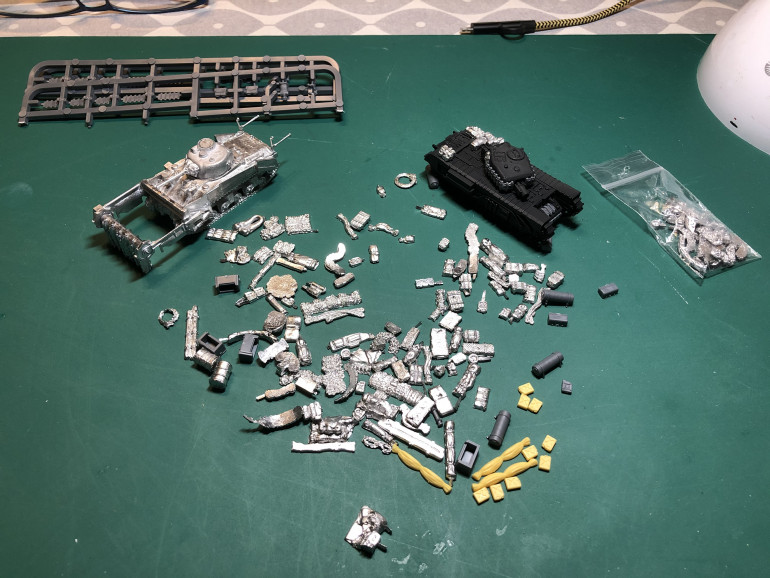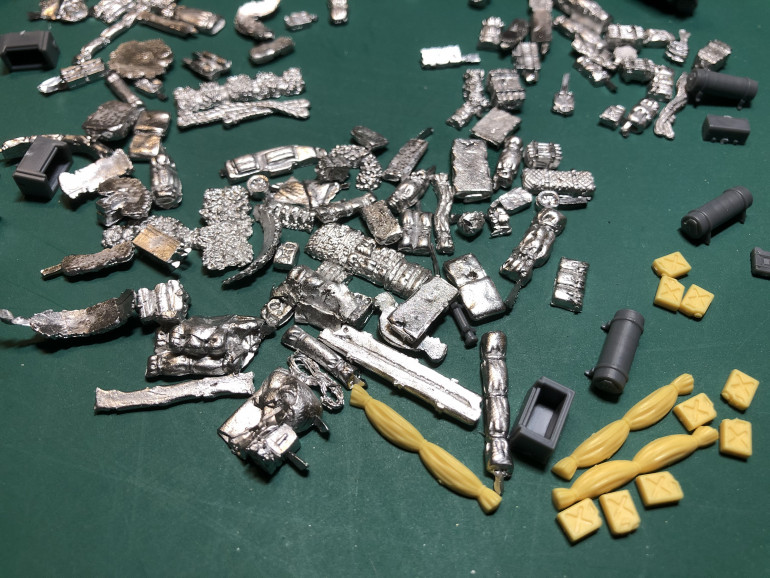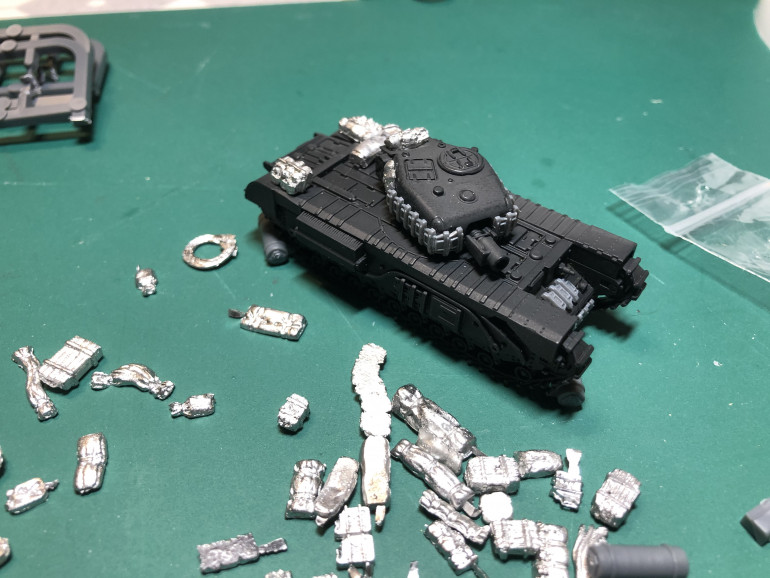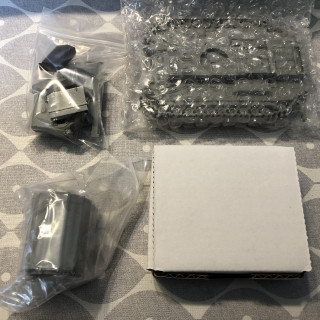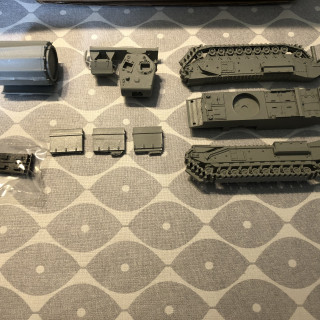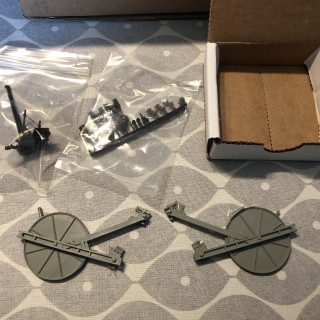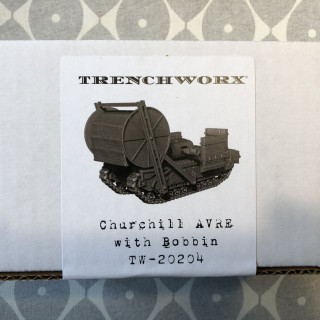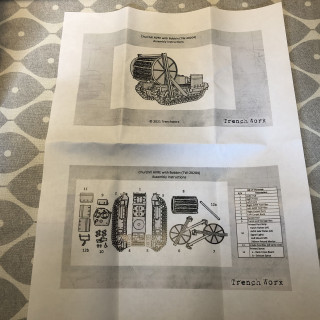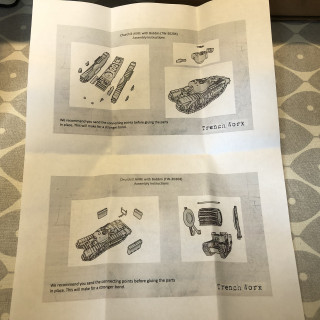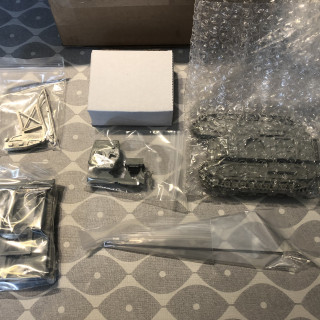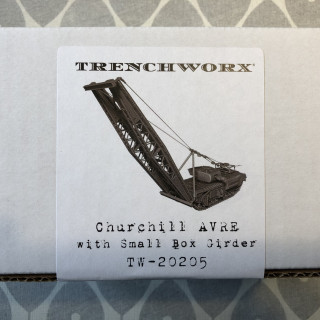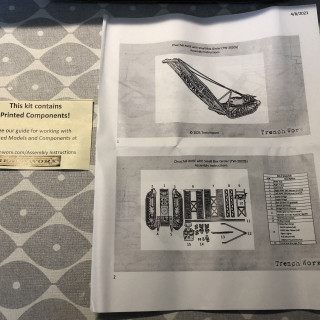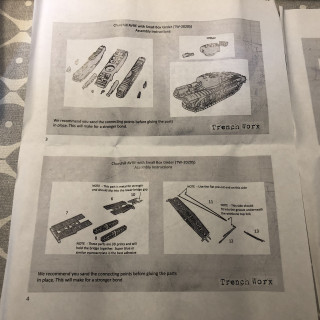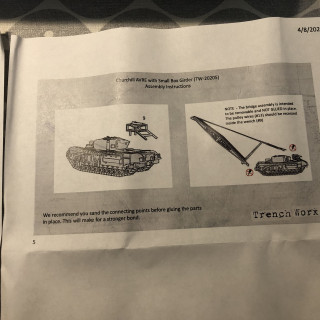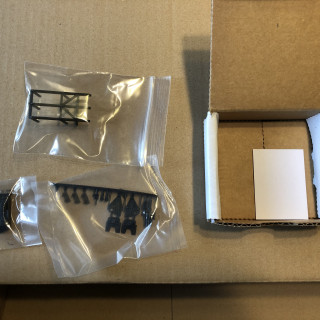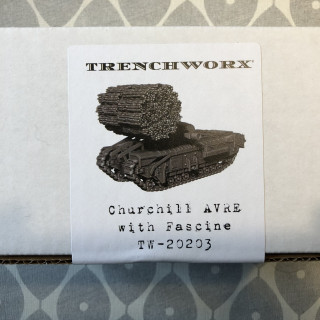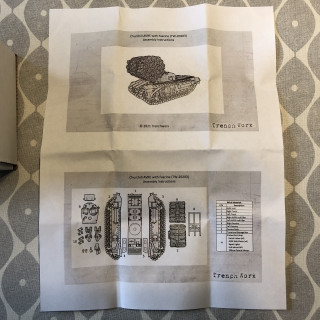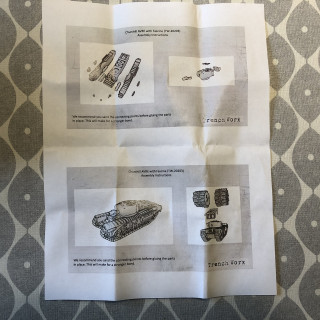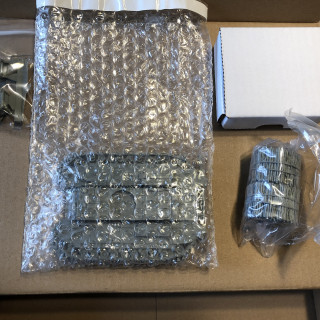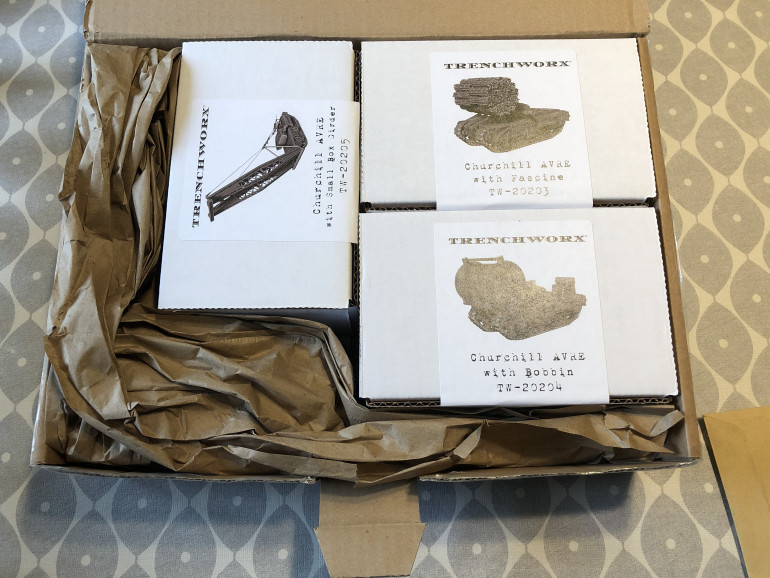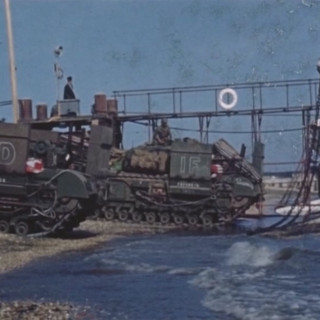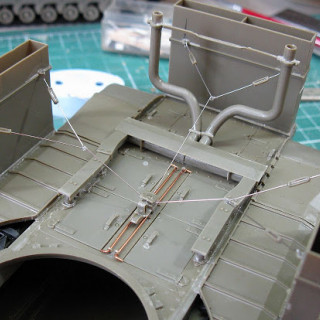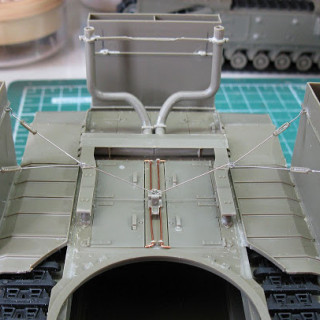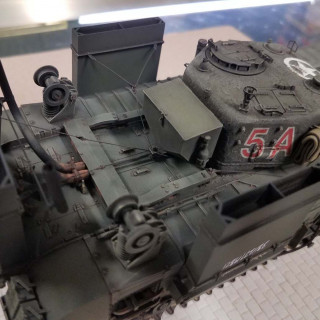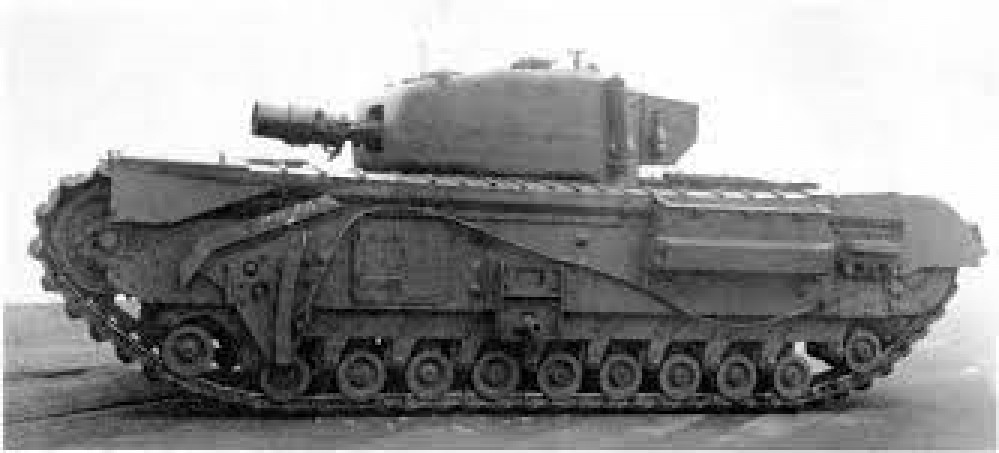
How to be an Armoured Farmer, building Hobart’s Funnies in Glorious 15mm (and maybe 28mm if they arrive in time!)
Recommendations: 2233
About the Project
Right then, having avoided any sort of Spring cleaning challenge in the past, I have decided to use this year's one to get something done that I have been gathering bits for over the past few years and finally finish and assemble all of my Hobart's Funnies. To get technical these are Armoured Vehicle Royal Engineers (AVRE) tanks, using the Churchill chassis as a base. I will also throw in some Sherman Crabs (Flail tanks). I have gathered a few books for reference so that I can paint and mark them up for one of the Armoured Assault Squadrons Royal Engineer (either 77, or 79) that landed ashore at Sword Beach and were the very first to see action on that beach; Plus the Sherman Crabs of A Squadron 22nd Dragoons. Whilst I want to be able to use the finished tanks in games depicting the D Day Landings (in Flames of War and Chain of Command at 15mm) I also want then to be versatile enough to be able to be used in later engagements that the 79th Armoured Division took part in (which is pretty much everything!). I hope you will find this of interest if you ever want to branch out into what the modern day Royal Engineers affectionately call being an armoured farmer.
Related Game: Flames of War: The World War II Miniatures Game
Related Company: Battlefront Miniatures
Related Genre: Historical
Related Contest: Spring Clean Hobby Challenge (Old)
This Project is Active
A little bit of filling
Now I know that this may be heresy in certain circles but I have a confession…
I think green stuff is just a tiny bit…
Shit!
Coming from a scale modelling background originally before I got seriously into all things Games Workshop I had never used green stuff, my go to modelling compound was and is Milliput and the best of these is superfine white. There are loads of other varieties for different uses and colours and I have found it to be great for filling and sculpting. The use of Milliput is the same as for green stuff, you take equal portions of each bar and mix them until it is an even colour. The only issue with superfine is that both parts are white, so that you must mix it for at least three minutes.
Fortunately, there was very little filling required. There was a small piece missing from a wading duct and the joints for the fascines need filling. The worst part was the resin fascine which had a lot of air bubbles. After filling, I noticed that the modelled retaining wires didn’t look great, so I cut them off and made my own ones by looping copper wire @4 times and then twisted them together. I then created a loop at one end so that I could wrap them around the fascine and then back on itself to give a tight finish.
Churchill ARK Mk 2 conversion
The rear ramps of the Mk 2 were done in the same way as the Mk 1 but instead of putting the wire into the hole in the vehicle, I decided to glue in a small piece of steel rod that I could rap the wire around. This was totally because I could get a tighter finish on the wires and it was far less of a faff!
The next thing I did was to build a post to mount the front ramp strops to. The post was made out of 1mm square styrene bar and then the brackets were made from 0.25mm by 1mm styrene rectangular bar. I noticed that the reference photos showed different ways the posts were mounted to the vehicles, so I chose to mount it to the front of the glacis plate. The mounting brackets appeared to be over the place where the tow bracket would be. you don’t need to profile the brackets but I wanted to make it look as authentic as possible.
Attaching and tensioning the ramp strops was done by wrapping them around the post first and then fixing to the ramp ends and pins in the same way as for the Mk 1. the only change was to ensure that equal tension was applied to prevent the post from being bent too far out of shape.
Churchill ARK Mk 1 conversion
For the Mk 1 ARK I decided to do away with one set of ramps so that it was a true D Day variant. I then looked at the reference photos to see where the strops were fixed to. I drilled 0.5mm dia holes on the vehicle and through the outer edges of each ramp to take my copper wire. On the ramps I simply passed the wire through the holes and then twisted back on itself. The other end was cut to length bent by 90 degrees and then glued in place. Once set, I then glued the base of each ramp in place and applied slight pressure so that the wire was taught
Churchill ARK Mk1 & Mk2.
Before I started my last conversion I had one last kit to finish off. The Churchill ARK was a Royal Engineer variant constructed and used extensively in the Italy campaign to get units across gaps, obstacles and small width rivers as quickly as possible. The idea was simple, remove the turret, construct two sets of ramps over the top of it, and create a means of dropping them once the vehicle is in position. It should be noted that initial designs had the ramps but no trackway over the vehicle, so trafficking vehicles literally drove over the tracks of the ARK.
There were various methods of getting the ramps to drop/stay in place. The two main methods were strops and explosive charges to release them, or a large post which held the strops being hydraulically dropped, thus lowering the ramps. Having looked at the reference photos, I decided to do the Mk 1 with just strops and the Mk 2 with a combination of strops and a post.
The difference between the Mk1 & Mk 2 is the width of one of the ramps. This was done so that wheeled vehicles could also use the crossing until a developed crossing (Bailey Bridge) was put in place.
Here are the reference photos I used, points to note are the different methods of holding the ramps in place and the way that multiple ARKs could be used to bridge deeper gaps (Photo from Italy). For D Day some ARKs had the front ramps removed so that they could be driven up to the sea walls and give a quick route off the beach for armour.
One of the photos also shows that Fascines could be mounted and deployed from and ARK. This is quite common with AVREs, as the more they can do, the more adaptable they are to the emerging obstacles come across by the fighting forces.
Gribbilies!
I decided to something a bit more random, and found my collection of 15mm equipment to festoon the vehicles with. This is a collection of bits and pieces from various companies and the aim is to make them a bit more unique and lived in whilst not making them too cluttered. I aimed to give each one a cam-net, tarpaulin and general spares/fuel tanks.
Trenchworx 28mm Bobbin AVRE
The best bit about getting the 28mm version of the bobbin is that I can now use a physical model to scale off, rather than take measurements from reference photos and scale them back to a 15mm tank. I have made a couple of additional evergreen orders for some more Styrene profiles and hopefully will be able to scratch build one at the weekend if it all tips up.
If not then I will start to load up all of the 15mm tanks with baggage, cam-nets & gribblies!
And then it will be on to prepping for paint.
Trenchworx 28mm Bobbin AVRE
The best bit about getting the 28mm version of the bobbin is that I can now use a physical model to scale off, rather than take measurements from reference photos and scale them back to a 15mm tank. I have made a couple of additional evergreen orders for some more Styrene profiles and hopefully will be able to scratch build one at the weekend if it all tips up.
If not then I will start to load up all of the 15mm tanks with baggage, cam-nets & gribblies!
And then it will be on to prepping for paint.
First up the Trenchworx Fascine AVRE
Lots of pretty pictures of each of the three models I got through Warlord games. The resin is really sharp, as is the metal. I’m not very experienced with using 3D printed parts so this will be a voyage into the unknown but they look crisp and with very few ridges. From a first look at everything it looks well worth the pennies. The instructions seem pretty clear and simple and having already built eleven AVREs at 15mm I think I know my way around them by now.
Anyway here’s the unboxing photos, enjoy 🙂
































